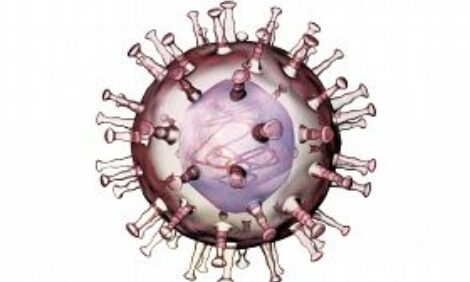



Balancing animal and plant protein in human diet could improve water quality
Eating too much protein adds to nitrogen pollution in waterBalancing how much protein you eat with the amount your body needs could reduce nitrogen releases to aquatic systems in the US. by 12% and overall nitrogen losses to air and water by 4%, according to a study from the University of California, Davis.
Protein consumption in the United States, from both plant and animal sources, ranks among the highest in the world. The study, published in the journal Frontiers in Ecology and the Environment, said that if Americans ate protein at recommended amounts, projected nitrogen excretion rates in 2055 would be 27% less than they are today despite population growth.

The study is the first to estimate how much protein consumption contributes to excess nitrogen in the environment through human waste. It also indicates that coastal cities have the largest potential to reduce nitrogen excretions headed for their watersheds.
“It turns out that many of us don’t need as much protein as we eat, and that has repercussions for our health and aquatic ecosystems,” said lead author Maya Almaraz, a research affiliate with the UC Davis Institute of the Environment. “If we could reduce that to an amount appropriate to our health, we could better protect our environmental resources.”
Protein shake-up
The human body requires protein. But when a body takes in more protein than it needs, excess amino acids break it down into nitrogen, which is excreted mostly through urine and released through the wastewater system. This brings additional nitrogen into waterways, which can result in toxic algal blooms, oxygen-starved “dead zones” and polluted drinking water.
The scientists estimated current and future nitrogen excretion exports based on U.S. census population data. They saw an upward trend over time, with exports increasing 20% from 2016 to 2055. That increase is associated with population growth, as well as an aging population, which requires more protein to manage muscle loss.
Coastal cities have biggest potential to reduce
Coastal cities face dramatic population growth in the coming decades, and suburban migration patterns indicate such movement is typically accompanied by increased nutrient loading conveyed through wastewater, stormwater runoff and other sources.
The study found that coastal cities along the West Coast, Texas, Florida, Chicago and especially the northeast U.S. show large potential for reducing dietary nitrogen loading to their watersheds.
Food. Waste.
Sewage contributes 15% of the total nitrogen flux from land to ocean in North America, the study said. Technology capable of removing 90% of nitrogen in sewage exists, but less than 1% of sewage is treated with it due to its expense. Eating a diet that balances protein with the body’s needs can be healthier for humans and reduce nitrogen pollution in the environment without additional wastewater treatment costs.
“It’s interesting to think about possible ways to cut into those nitrogen losses beyond expensive technology,” said Almaraz. “Dietary changes are a healthy and cheap way to do it.”
The study was co-authored by Caitlin Kuempel of University of Queensland, Andrew Salter of University of Nottingham, and Benjamin Halpern of UC Santa Barbara.
It was funded by the National Center for Ecological Analysis and Synthesis, World Wildlife Fund, and the Rockefeller Foundation.

